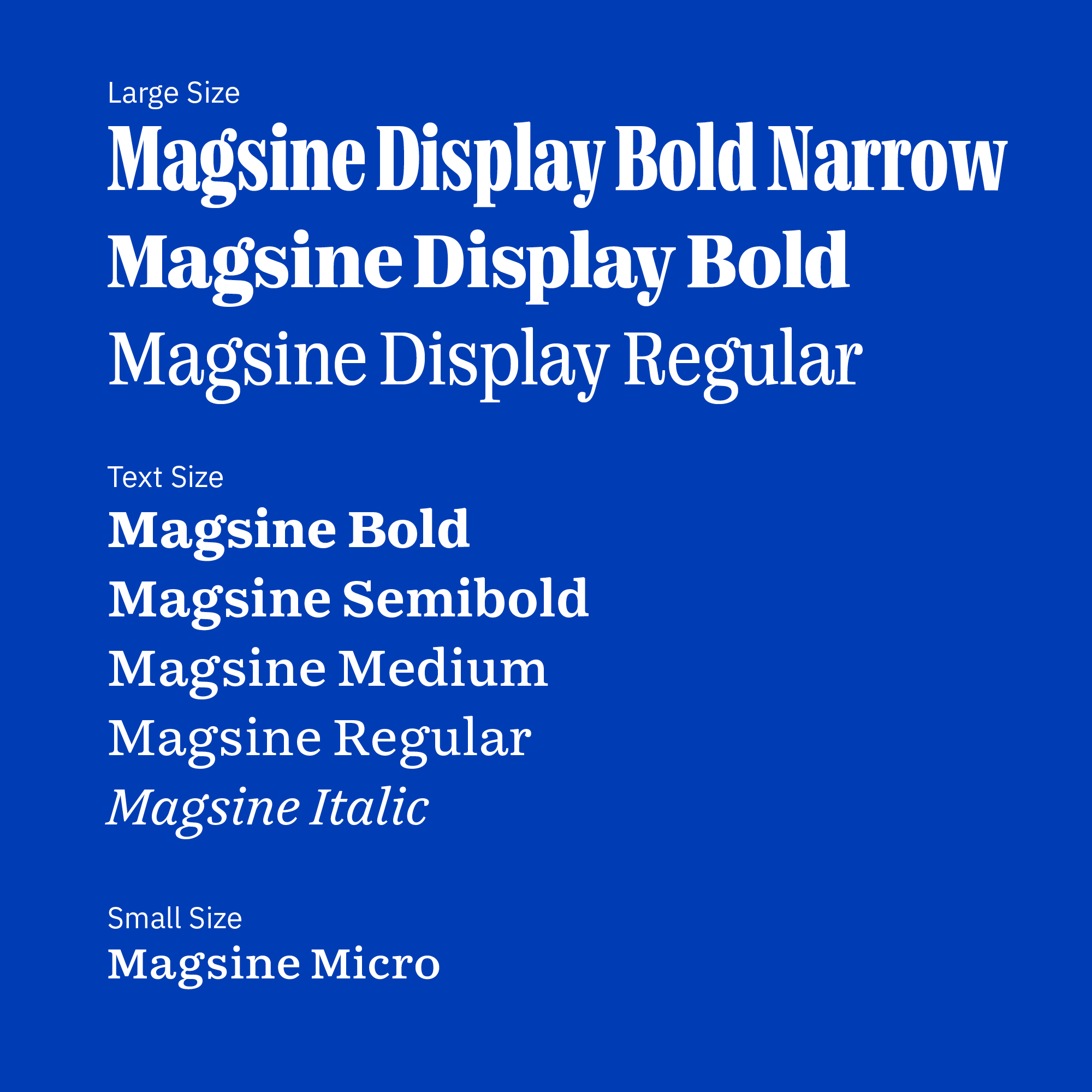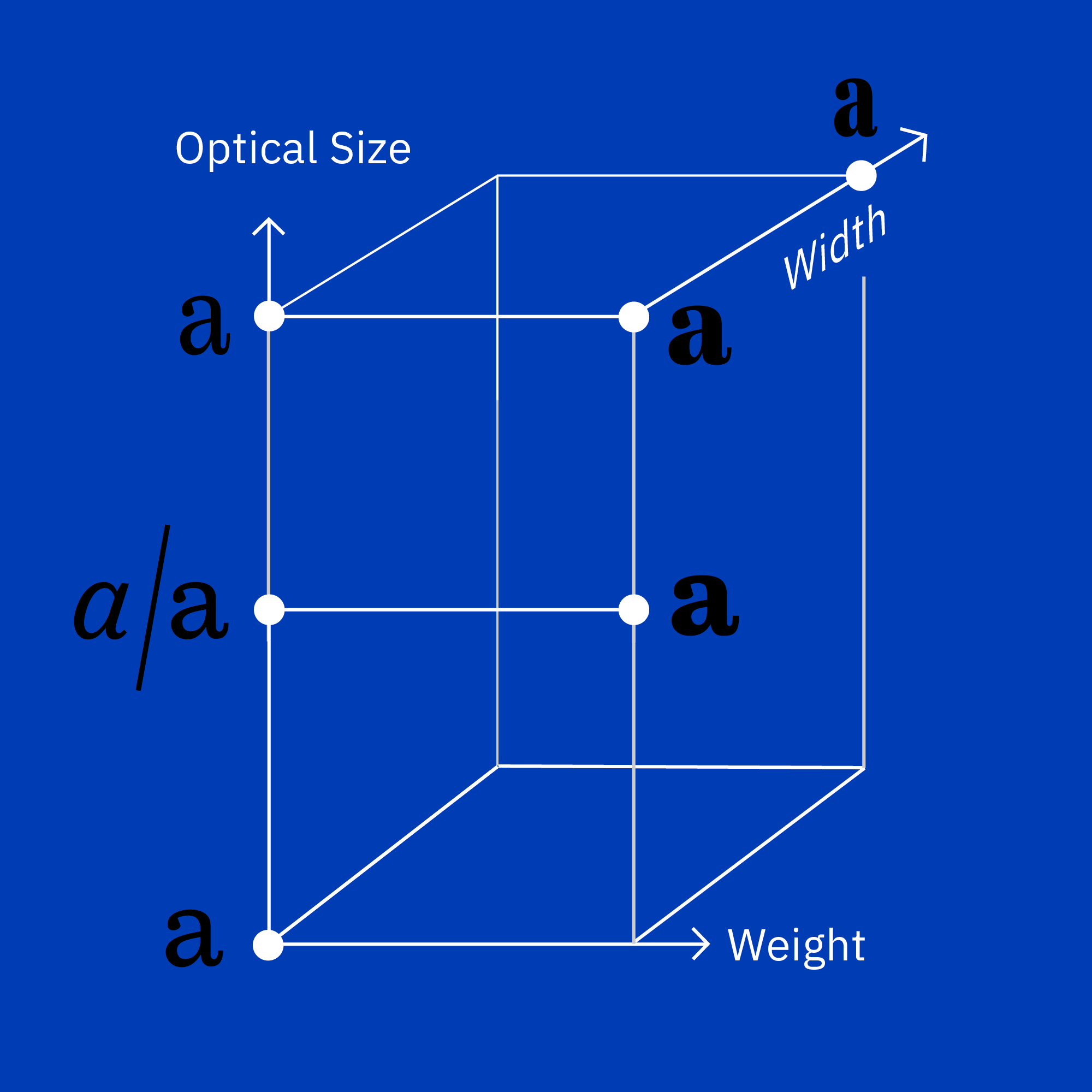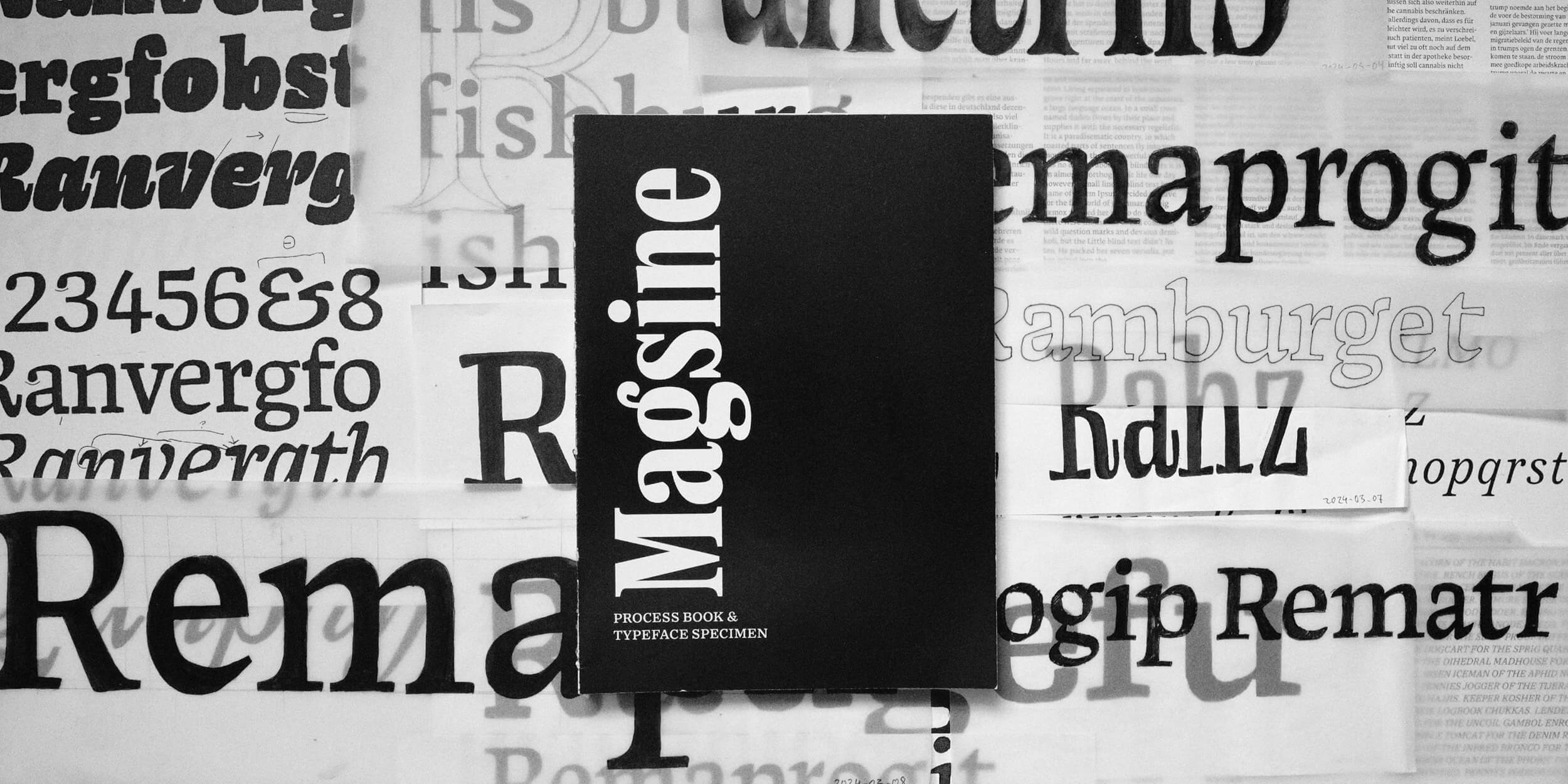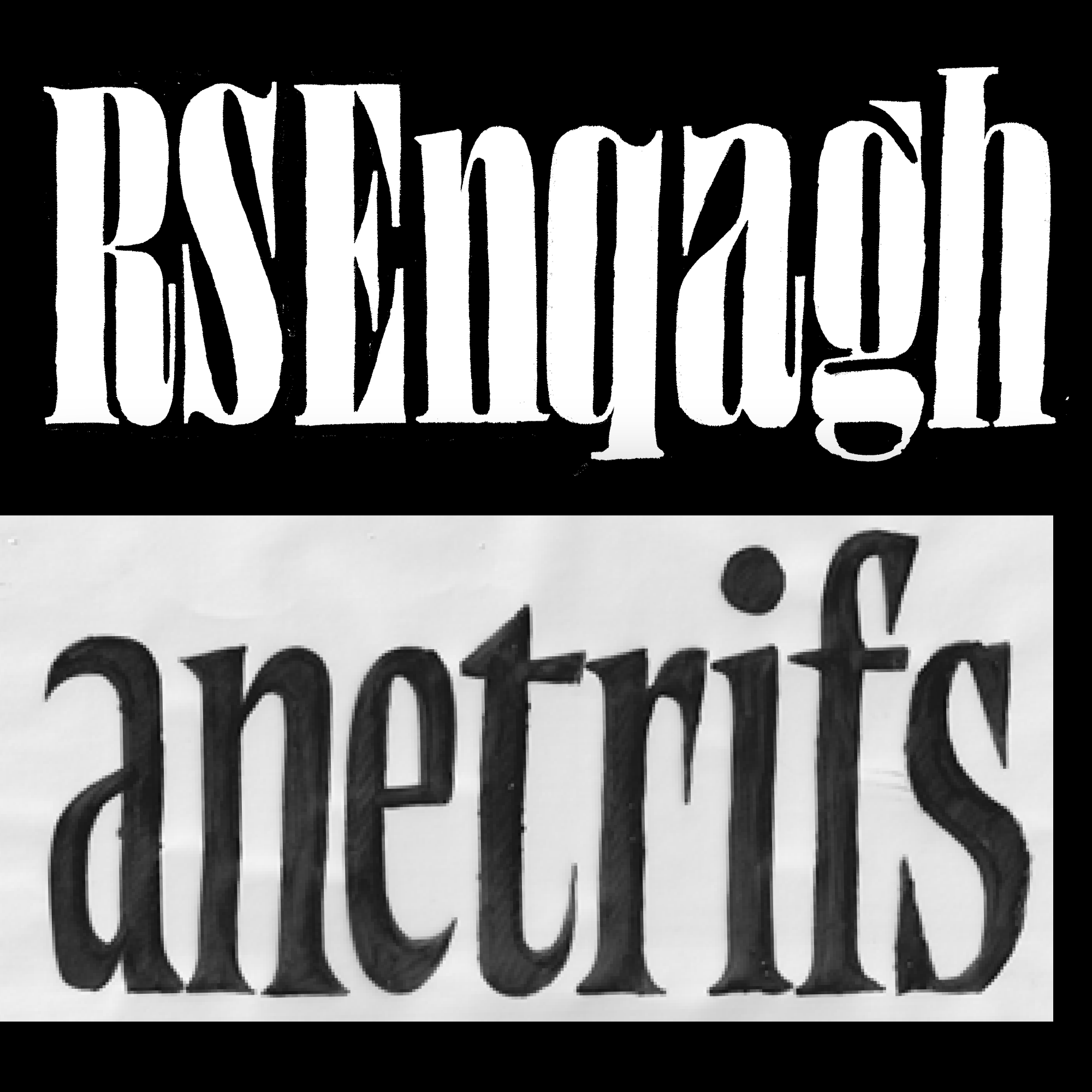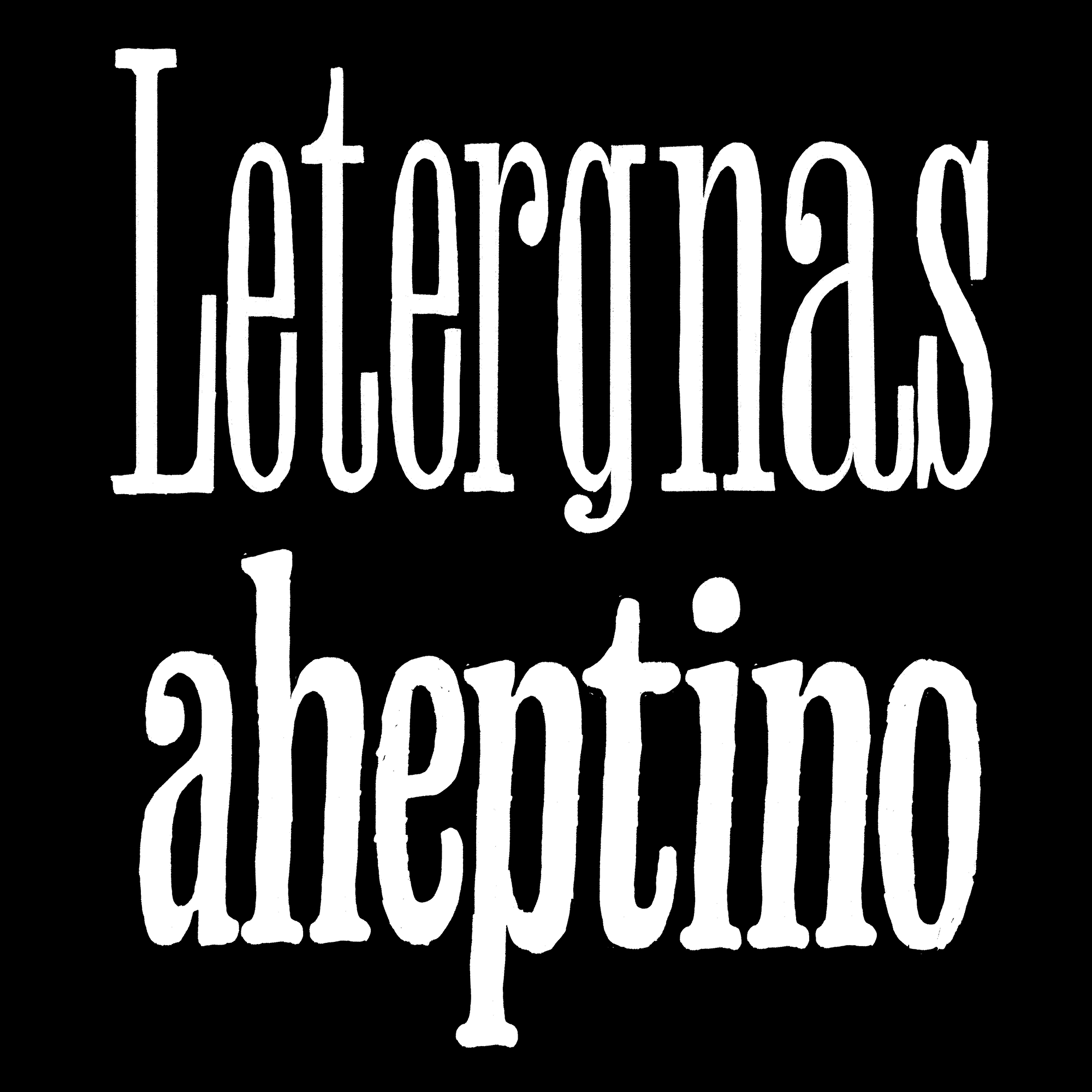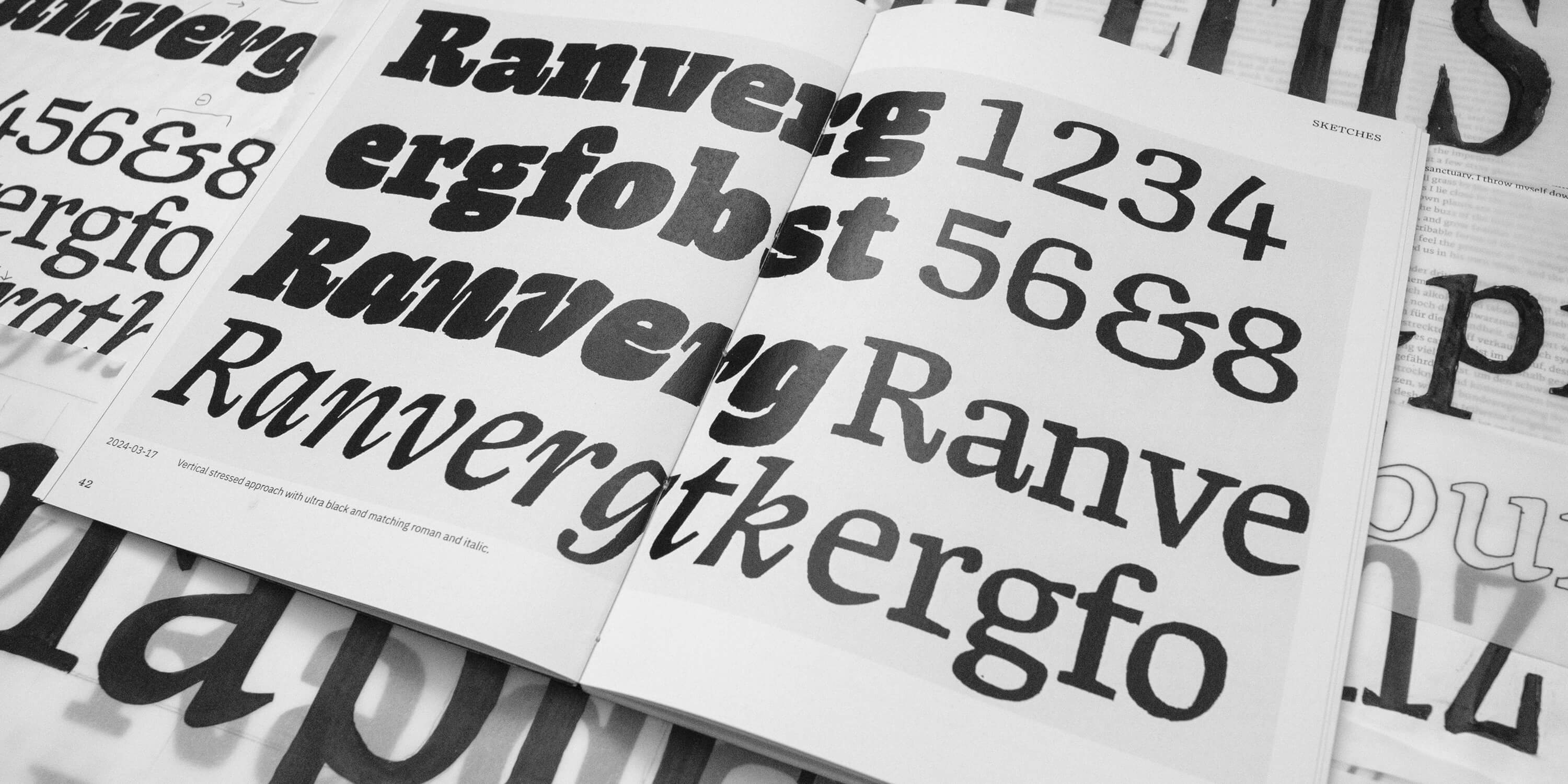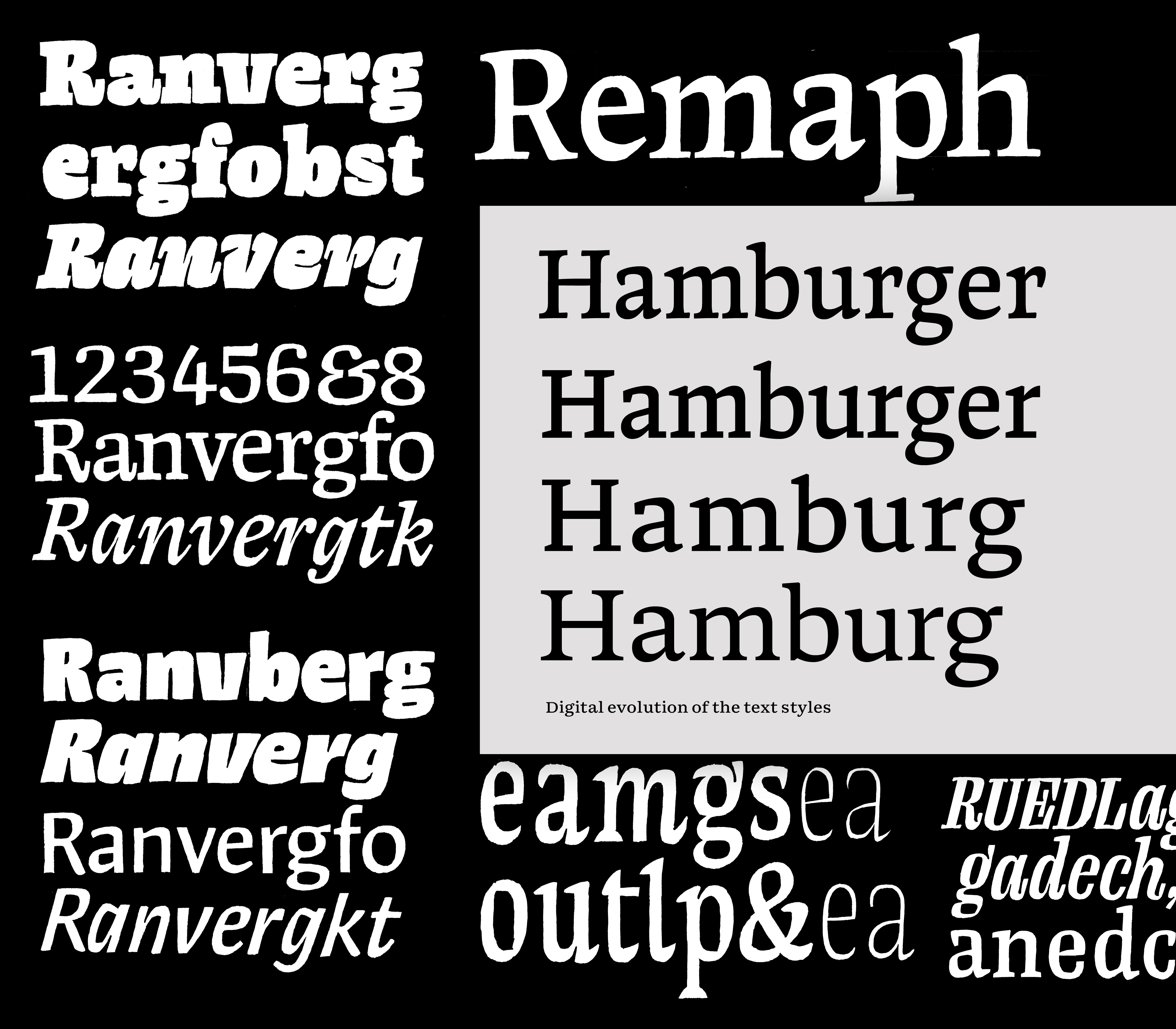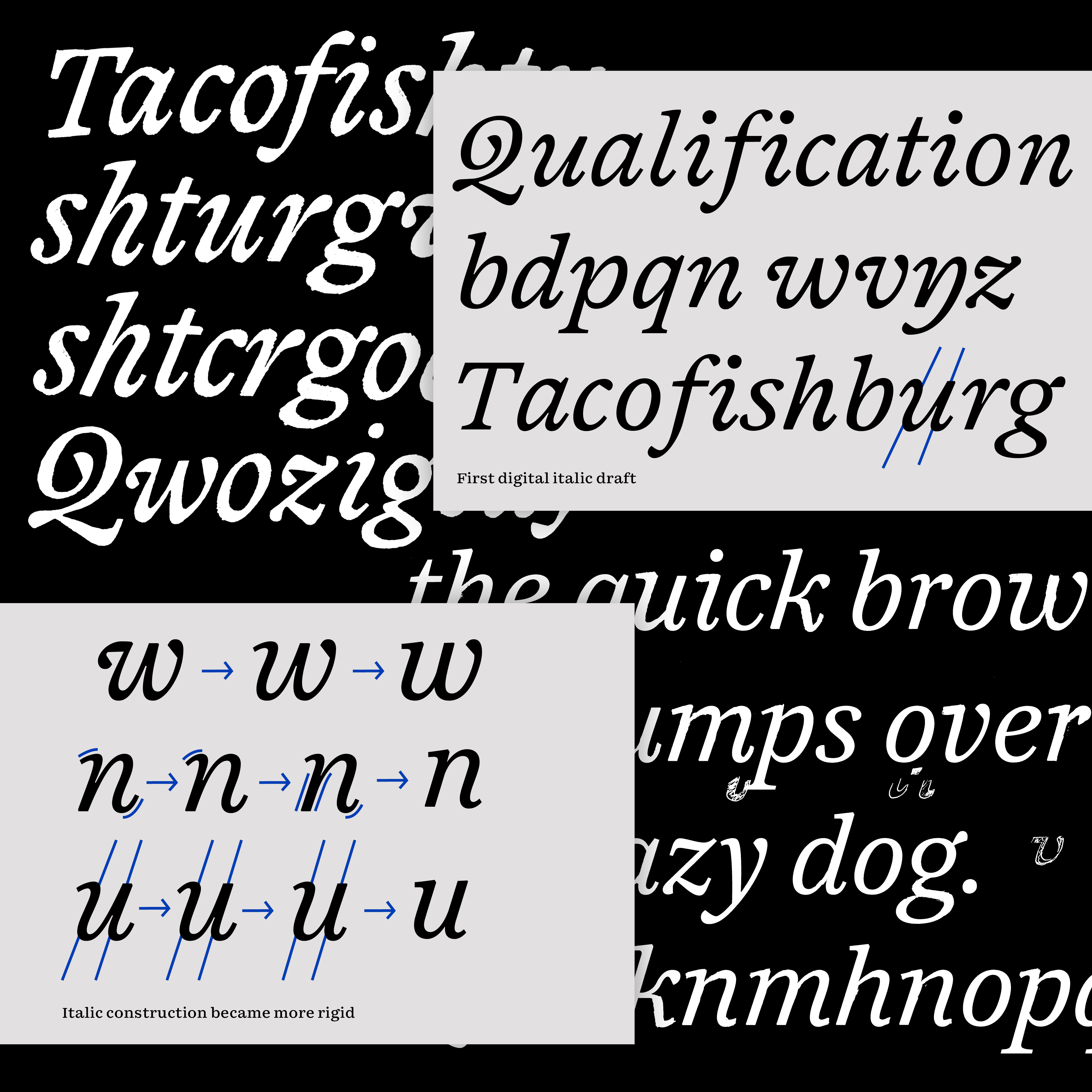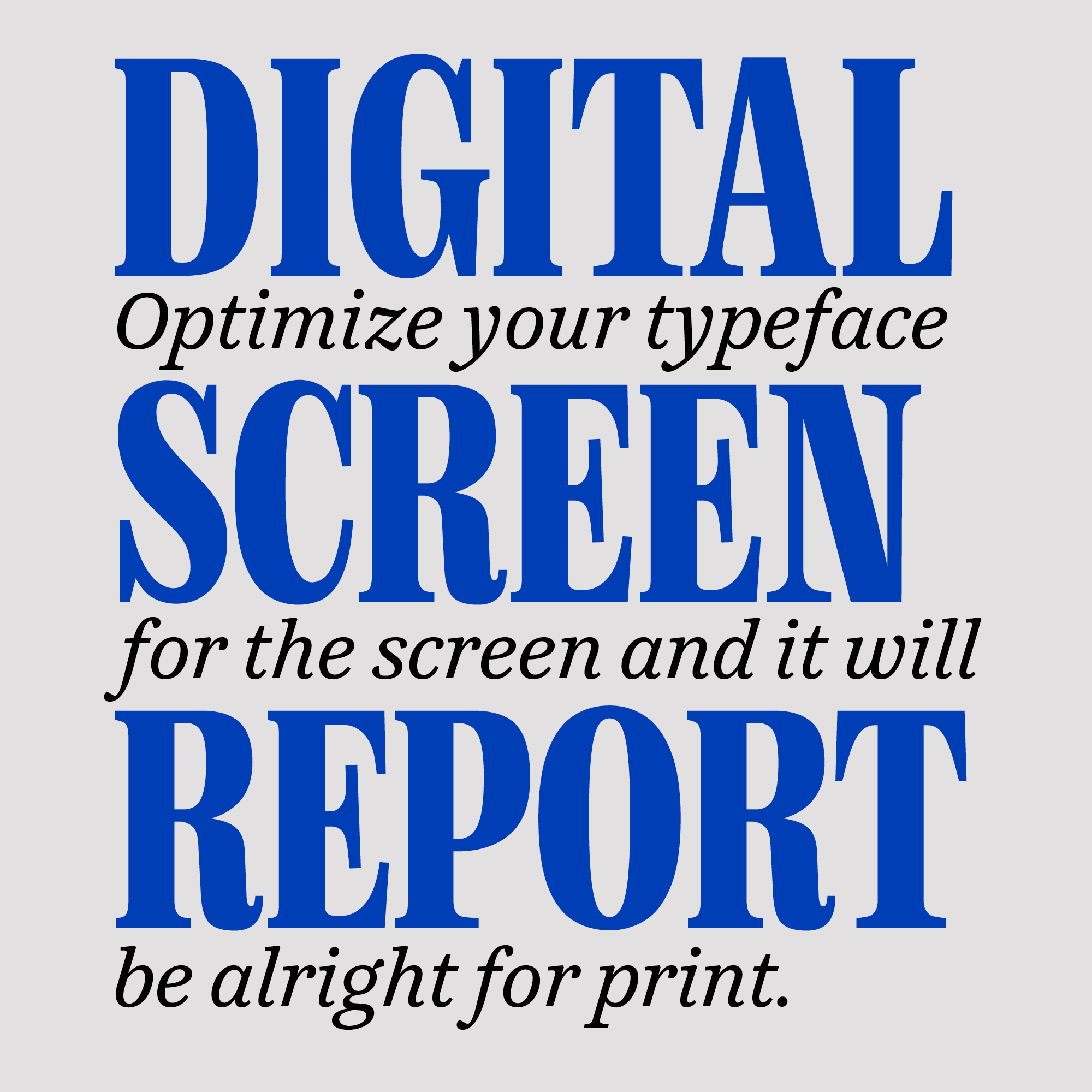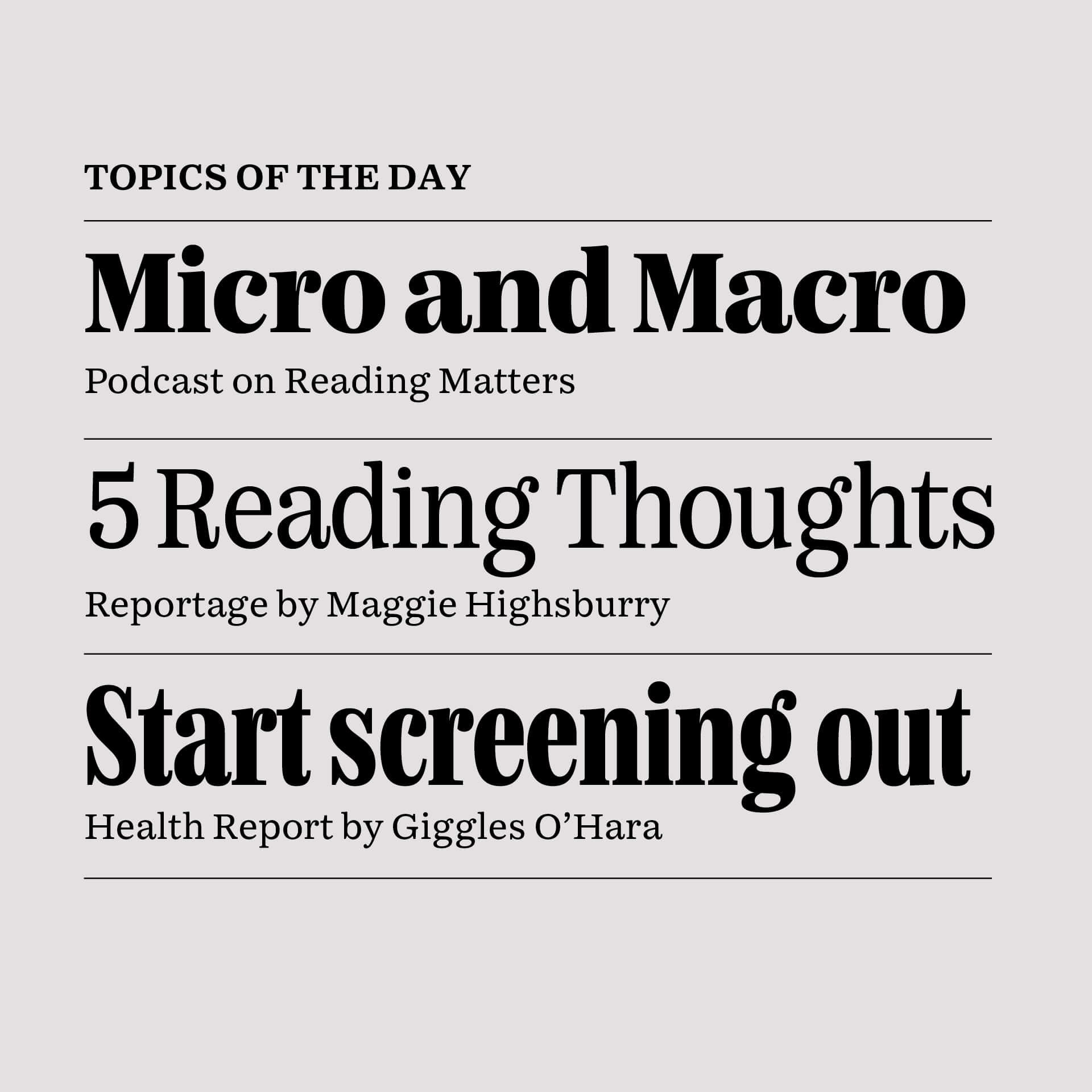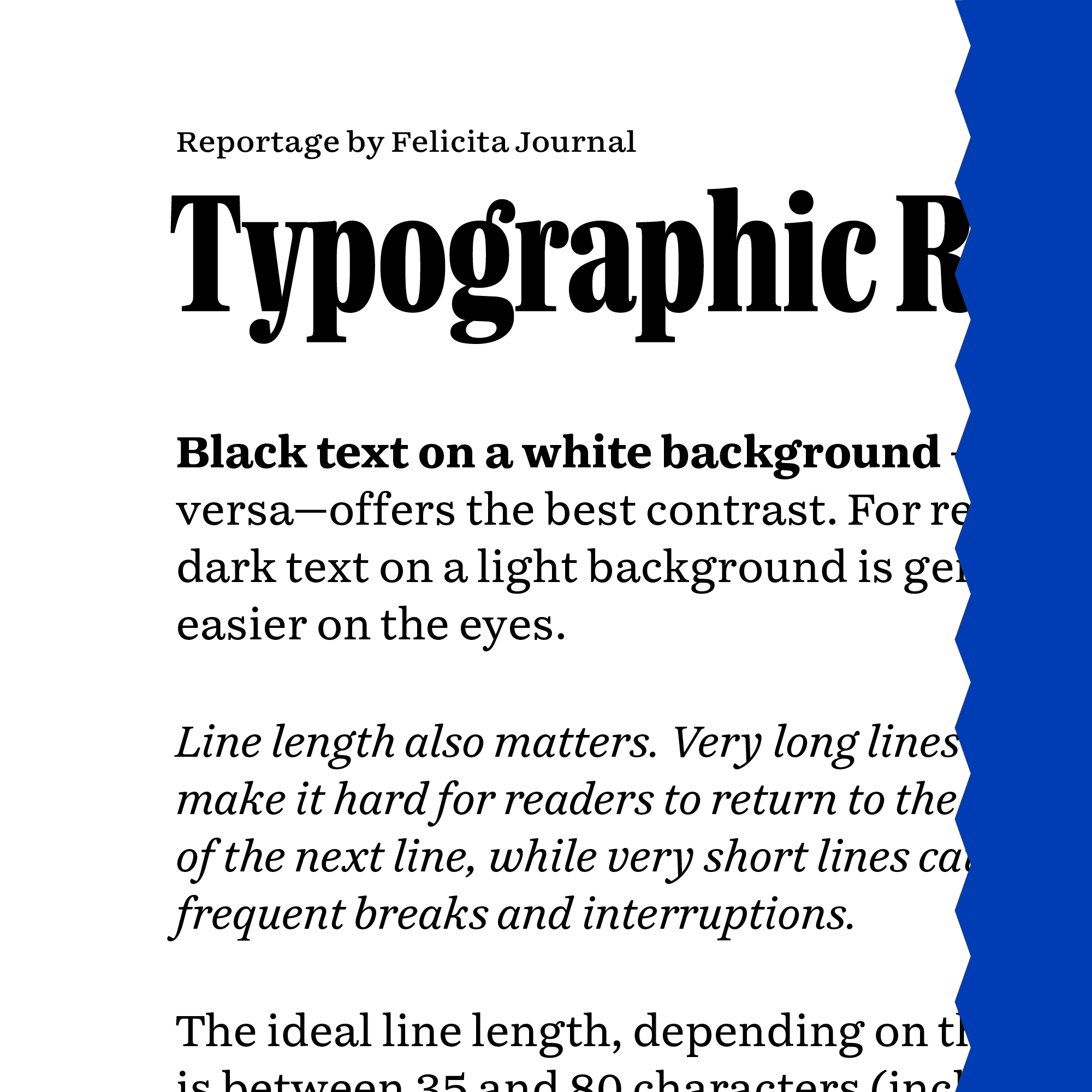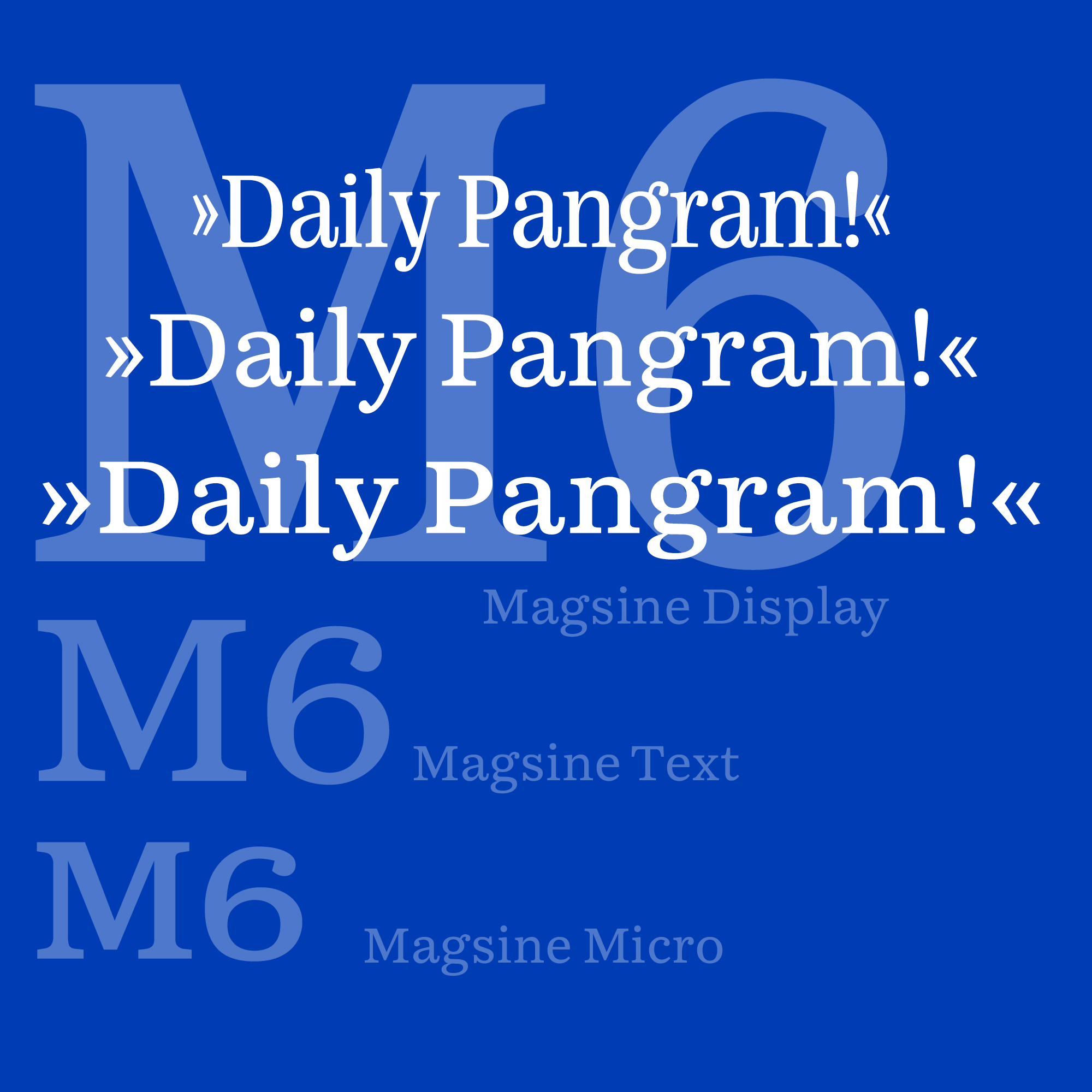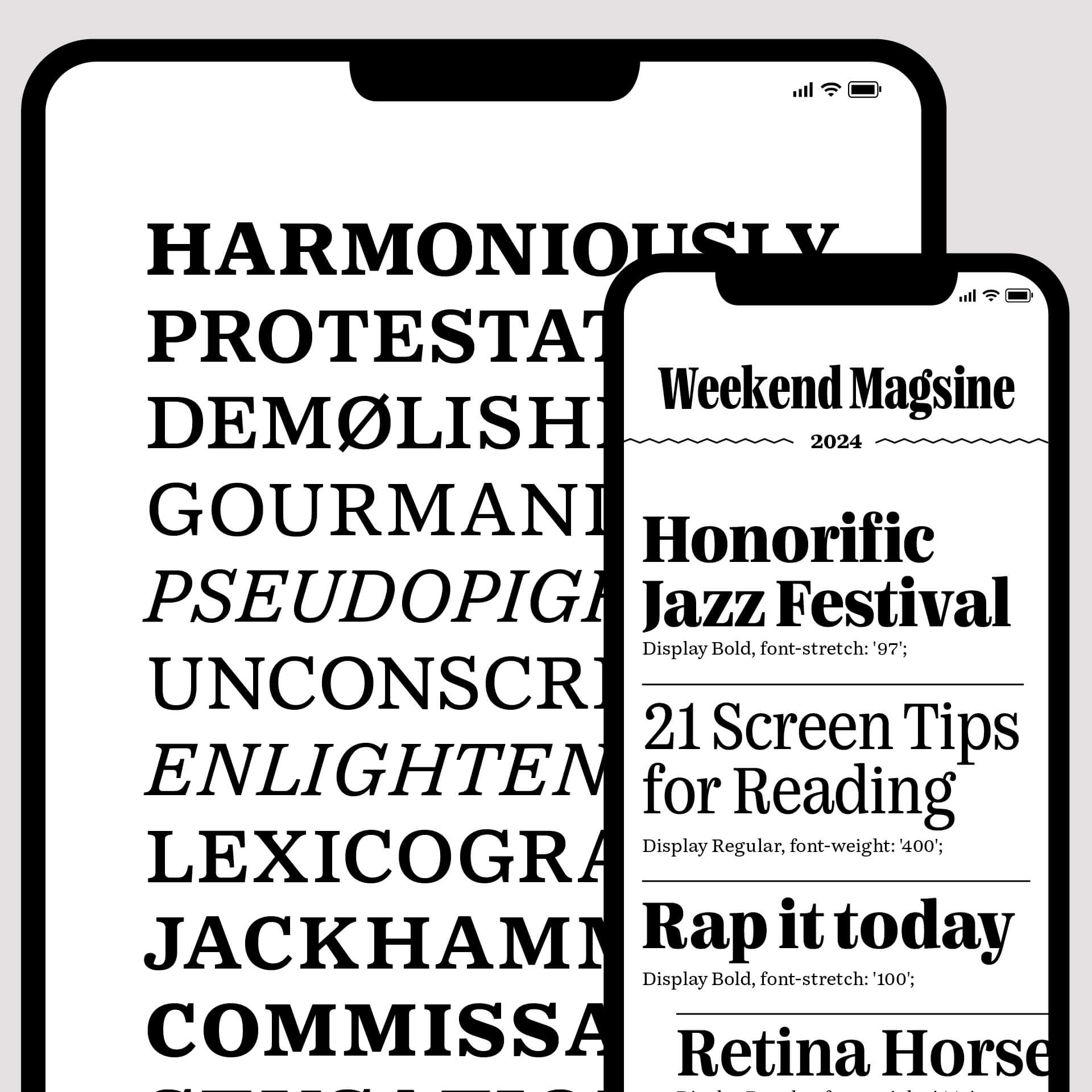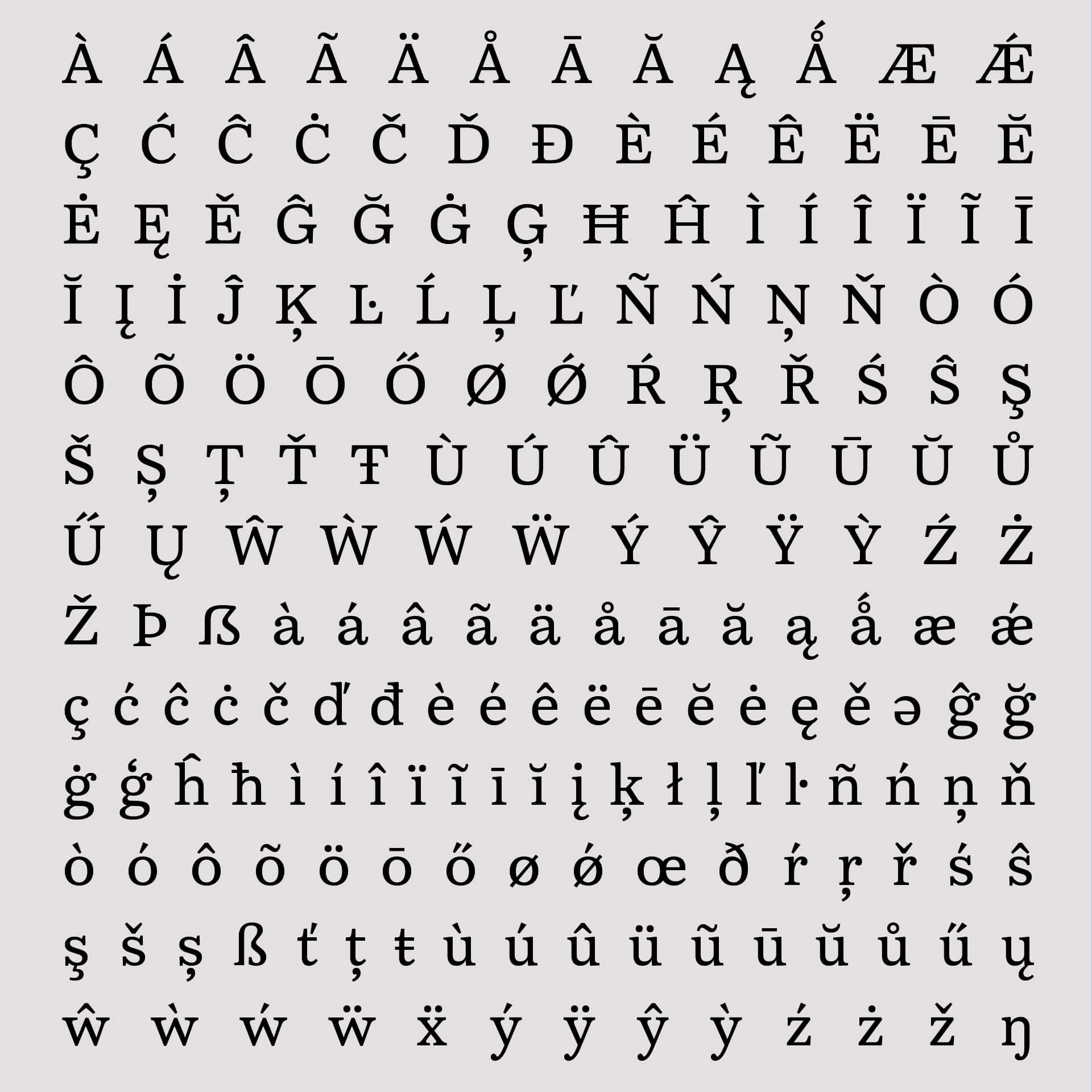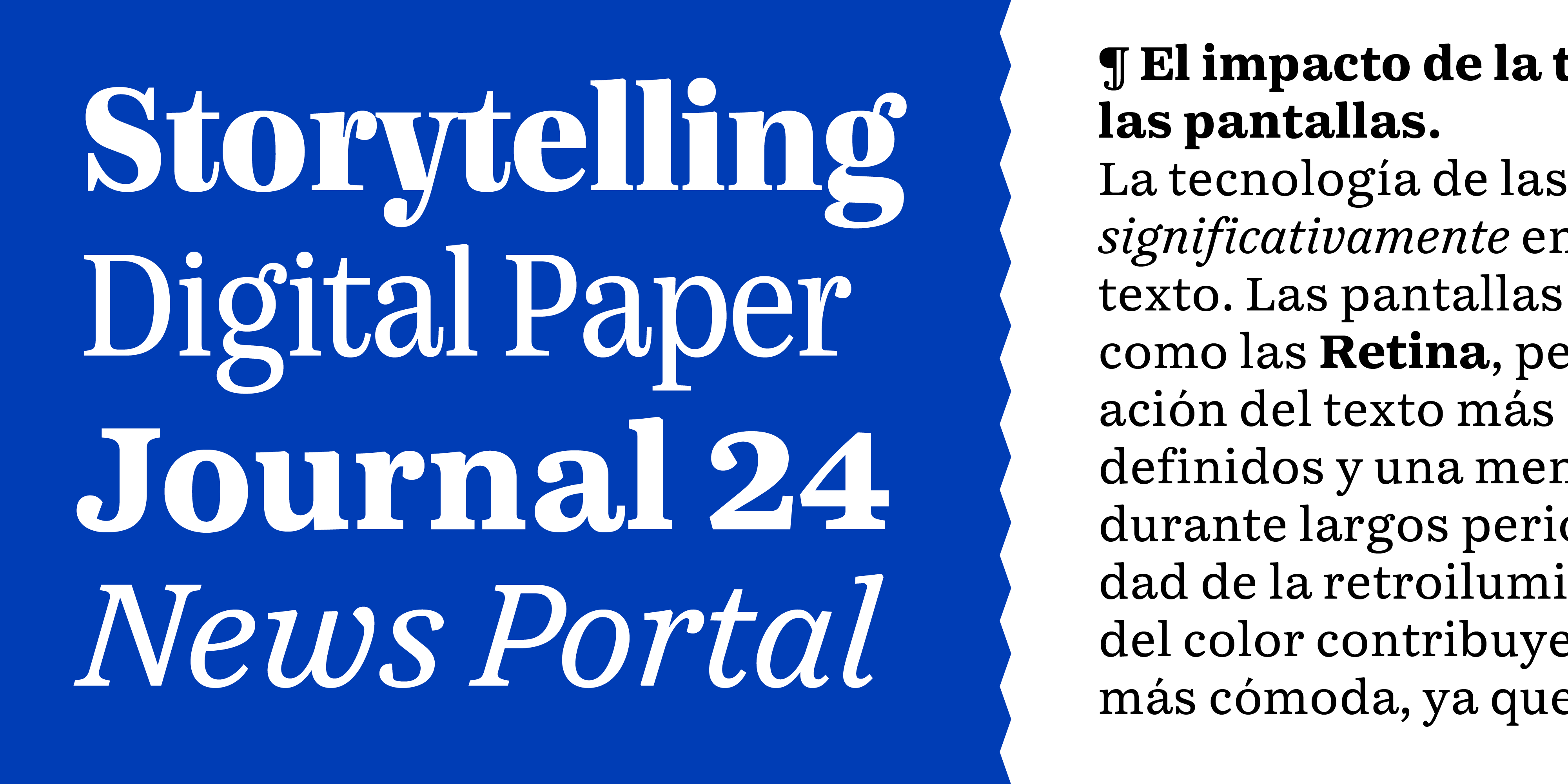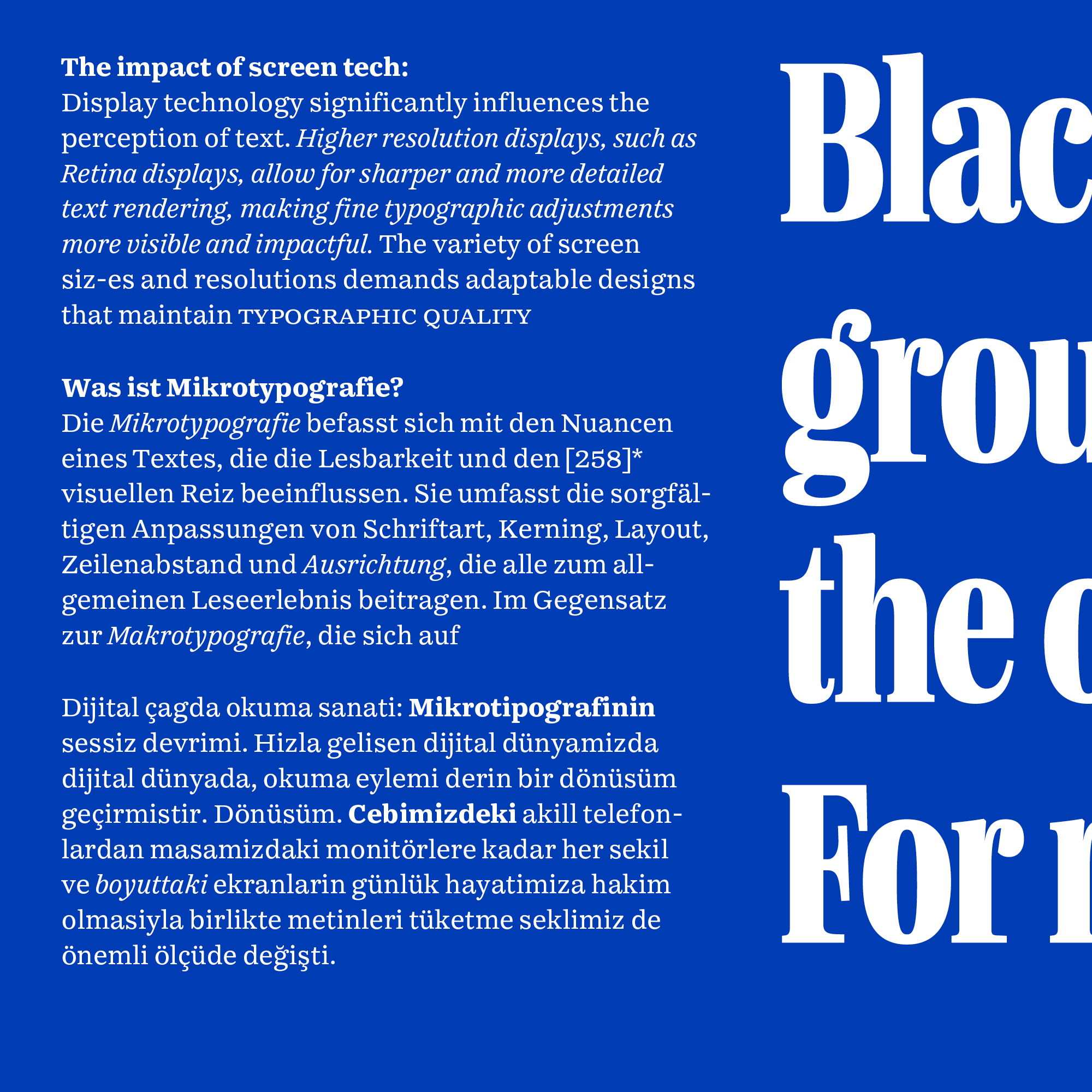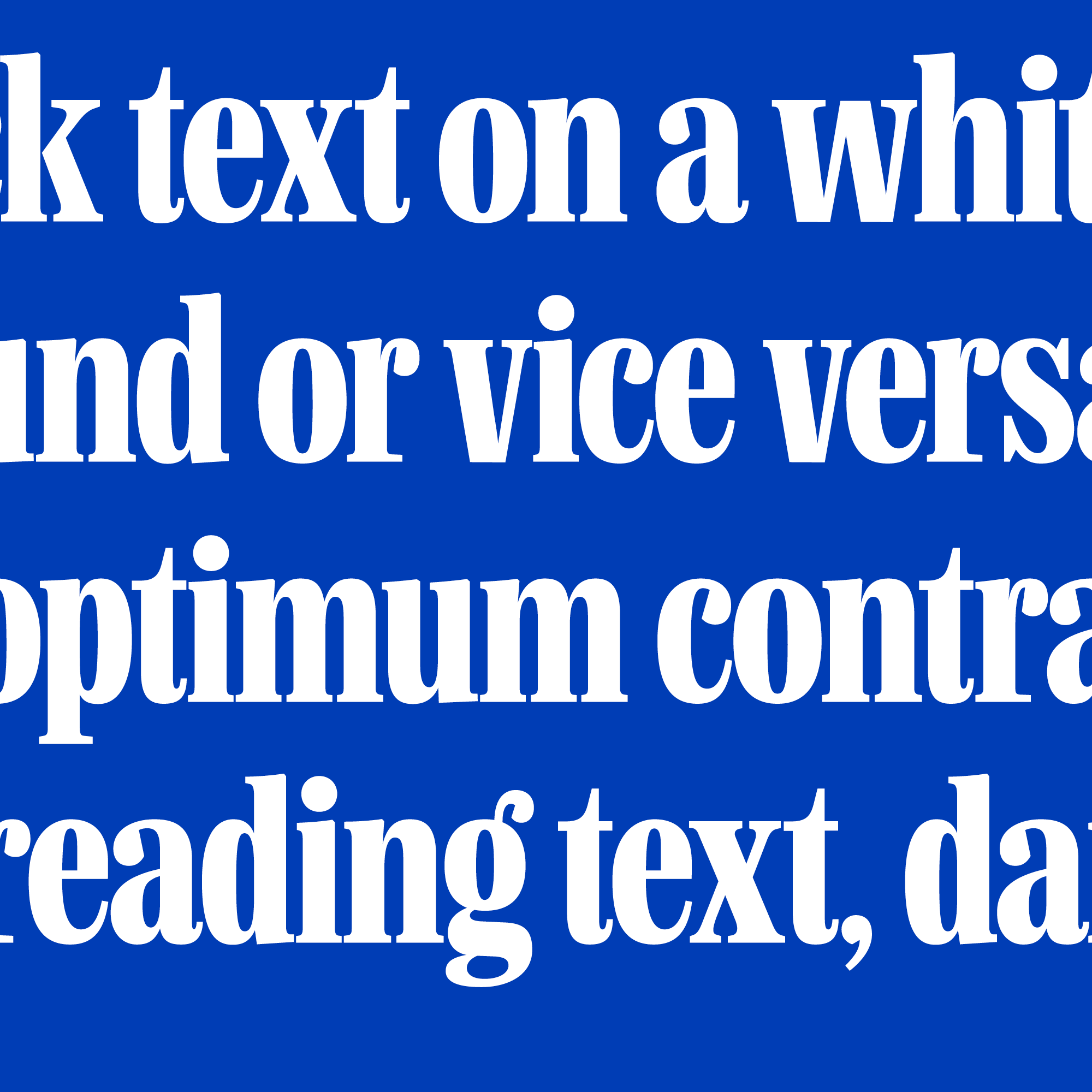About
Magsine is an editorial type family that is less dry and more fun to read, with a playful approach to enlighten topics
that you might find in the weekend newspaper or the magazine that comes with it.
The family started as an exploration for written news both online and in print.
After considering different kinds of directions, twists and styles, Magsine’s final visual voice was inspired by the 19th century newspaper era. This anchor within the big tradition of newspapers applied in a typographic design which serves the reader to its optimum.
Magsine was designed by Max Holl — a graphic and type designer based in Saarbrücken, Germany. After graduating from Communication Design at HBKsaar in Saarbrücken and working as an independent designer he moved to The Hague to follow his passion for letters, calligraphy and the exciting world of type.
